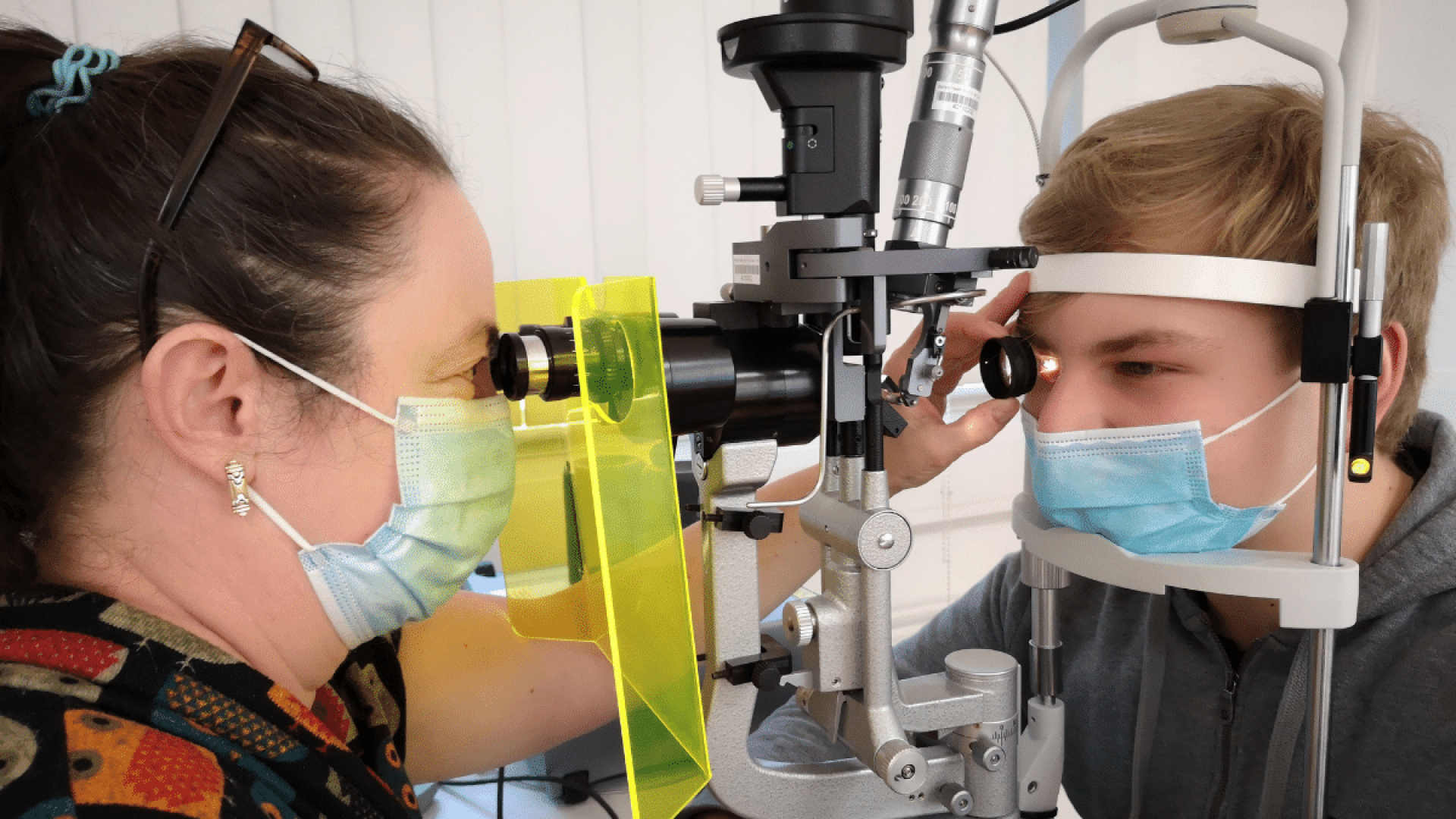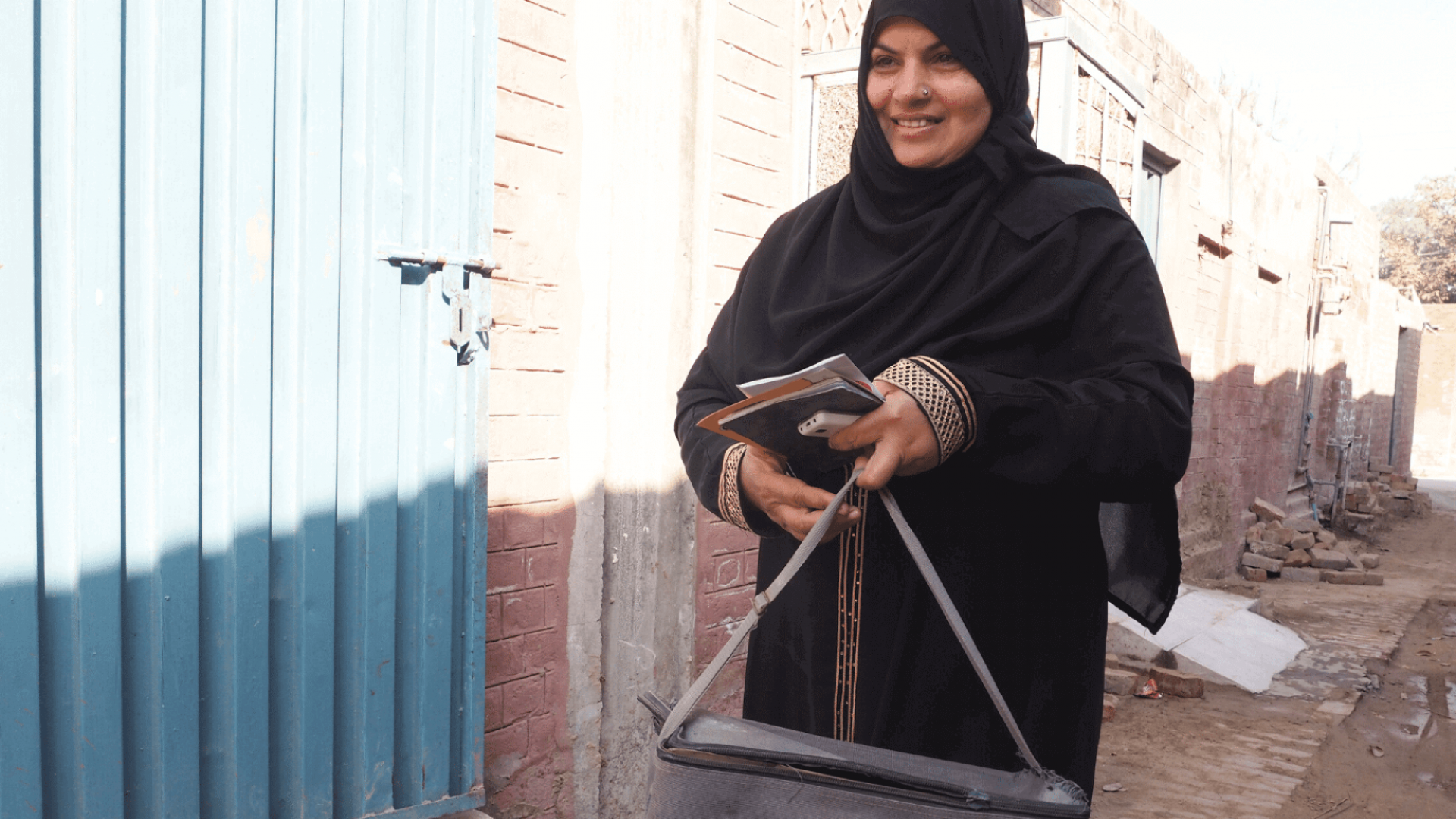The UK National Diabetic Eye Screening Programme (NDESP) has developed steadily since its inception in 2003 when the Delivery Strategy for the National Service Framework for Diabetes announced its establishment in all four nations.1 While the oversight remains with the UK’s National Screening Committee, all NDESPs are delivered locally to provide reliable access within communities in which patients live. Using this approach, NDESP succeeded in placing 85% of eligible people with diabetes in the appropriate clinical pathway.2 NDESP adheres to nationally agreed quality standards, which have changed substantially as the programme matured.3 The main themes of the screening process are covered: population coverage and screening-uptake, utilising digital imaging for screening-grading and ensuring timely administration of correct diagnosis and treatment.3 Continuous failsafe and quality assurance measures are in place to monitor patient safety and drive improvement.
People with diabetes over the age of 12 years who are registered with a general practitioner (GP) are eligible for NDESP. They are called for annual screening based on digital photography. Screening takes place in a variety of settings, such as GP surgeries, health centres, community hubs, optometry practices or in hospitals (usually parallel with diabetes/eye clinics). Image grading is undertaken centrally by trained and accredited graders, adhering to a strict national grading protocol with quality control measures embedded. The results are sent to the patient, their GP and if required, to hospital eye services for timely treatment. Where integration with electronic care records allows it, the final screening results are deposited there to benefit joined-up care.
Most people with diabetes have a yearly screening, but there are established pathways for closer monitoring of at-risk groups (such as pregnant women) or those whose diabetic eye disease does not require treatment. Trained slit lamp operators examine those with ungradable images. Once treatment in hospital eye services has been completed, patients are referred back to NDESP for regular monitoring; this helps to create capacity in hospital eye-clinics and enables patients to be followed up in their community.
As the main aim of diabetic eye screening programmes is to prevent vision loss by enabling timely treatment of sight-threatening diabetic eye disease, monitoring vision impairment and blindness data is paramount. In the UK, as a result of NDESP, no doubt coupled with improvements in diabetes care in general, diabetic eye disease is no longer the leading cause of blindness in the working age-group, with far reaching consequences for the patient and their families, the healthcare system and society.4

A tabletop camera can be used as a mobile unit in a bespoke box. Photograph: Lajos Csincsik
- United Kingdom Department of Health. National Service Framework for Diabetes: Delivery Strategy. London: Department of Health, 2002.
- United Kingdom Department of Health. Diabetic eye screening: 2016 to 2017 data. London: Department of Health; 2017.
- United Kingdom Department of Health. Diabetic eye screening standards valid for data collected from 1 April 2019 London: Public Health England, 2019.
- Liew G, Michaelides M, Bunce C. A comparison of the causes of blindness certifications in England and Wales in working age adults (16-64 years), 1999-2000 with 2009-2010. BMJ open 2014; 4(2): e004015.


